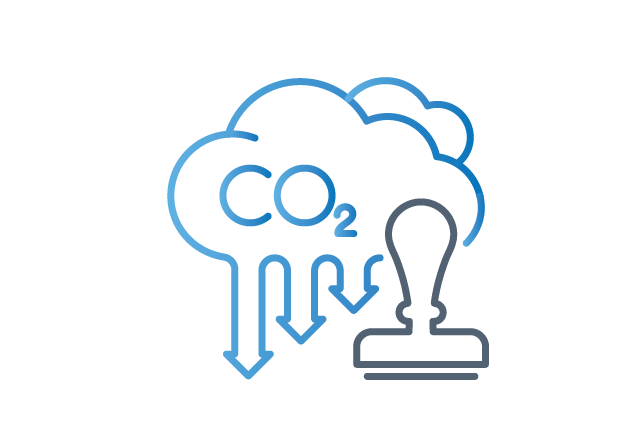Australian corporations are experiencing significant regulatory and commercial developments as the energy transition progresses. These range from the recognition by various levels of government of the importance of gas to the transition, to the rollout of the access rights process in the first renewable energy zone in New South Wales, to the major expansion of the Commonwealth's Capacity Investment Scheme and the recent questions being raised as to the viability of green hydrogen as an enabler of the transition. And unexpectedly, the Coalition's turn to nuclear energy as its preferred solution for Australia's energy transition.
Our clients continue to face significant obstacles and complexity. The vexed issue of transmission and connection remains front of mind for all participants in Australia's energy sector. We can build as many wind farm and batteries as we like, but unless these assets are connected to transmission lines to transport the power to where it is needed, there is little point. Global supply chain issues, industrial action and interest rates continue to put pressure on construction costs making life difficult for investors, developers and financiers. The timeframes involved in securing approvals for new infrastructure remain unacceptably long. Mandatory climate reporting requirements for corporations are becoming increasingly onerous.
Yet, in the face of these challenges we are seeing evidence of the innovation and bright ideas which are so important for the energy transition. Examples include the multitude of commercialisation options for utility-scale batteries, which drives home the extreme flexibility of batteries as an asset class, and the new approaches taken by investors and developers in structuring capital funding needs. Developers and First Nations groups are exploring new partnerships, including co-ownership and equity participation possibilities in projects on indigenous lands—a promising development for a just transition. These are the kind of developments which give cause for optimism.
Opportunity still abounds. Increasingly, we are seeing private capital appearing throughout the capital stack and getting behind the energy transition. Whether it be by funding innovative multi-asset class platforms, by acquiring significant stakes in, or control of, major developers, or providing debt or acquiring minority equity to bridge to development milestones – each solution shows flexibility in the deployment and provision of development funding and resources. Western Australia is in many ways the new frontier in terms of opportunity in the energy transition – with a pressing need for the construction of new low emissions generation and transmission in the south to manage the transition out of coal, and the need to assist mining and oil and gas companies to decarbonise in the north. There are many eyes now directed west.
We hope that this guide will help you as you navigate these complex times.
What's in this guide
Corporations are playing a significant role in Australia's shift away from fossil fuels to renewable energy. This guide is a roadmap for energy buyers, investors and developers wishing to stay across Australia's fast evolving energy transition. This comprehensive resource not only provides insights into the key elements of the transition, but also equips you with the latest information to embrace opportunities and overcome obstacles.
The guide will be updated regularly and covers:
- Tackling the generation and storage challenge
- Connecting renewables into the grid
- Staying across the evolving role of natural gas
- Delivering the capital needed
- Unlocking Western Australia's renewable energy potential
- Decarbonisation and emissions regulation
- Staying ahead of regulatory enforcement in a dynamic landscape
- Elevating ESG for a just transition













